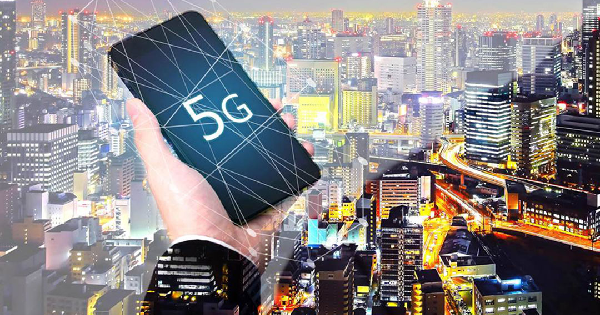
The "Perovskite" photovoltaic cell invented by Japanese researchers is regarded as the most powerful candidate for a new generation of photovoltaic cells, and Japanese domestic enterprises have made progress in pushing it to practical use. Although European and Chinese enterprises are leading in this field, Shuitou Chemical Industry and Toshiba will start mass production after 2025. Japanese enterprises will make use of their own materials and technologies to improve the durability and energy conversion efficiency that were once weak points, reduce the price to half of the existing batteries, and strive to revive in the photovoltaic cell market.
Perovskite photovoltaic cell was invented by Miyazaki Sakari, a special professor of Tongyin Yokohama University in 2009. This invention is regarded as a strong candidate for the Nobel Prize and is expected to be manufactured at half the cost of silicon cells using printing technology. It weighs only one tenth of a silicon cell and can be bent. Another advantage is that it can be installed on the wall of the building and the roof of the pure electric vehicle (EV) and other places that were difficult to set before.
“"It has reached the durability equivalent to 10 years in the outdoor, and mass production has begun", said Morita Jianqing, the director of the new generation technology development center of Hydroponics with confidence. Perovskite photovoltaic cells are very sensitive to moisture. How to seal materials plays a key role in durability, which has been a problem for enterprises.
The advantage of hydrochemistry is that it has developed the technology of sealing film materials in the manufacturing process of LCD and automobile windshield. On this basis, the durability required for practicality is achieved. At present, the trial production of 30 cm wide photovoltaic cells has started, and will be commercialized in 2025. JR West Japan has begun to discuss installing this type of battery in the square of "UMEKITA (Osaka) Station", which is expected to be fully opened in 2025. Hydroponics is also developing the manufacturing technology of 1 meter wide battery, which is expected to start mass production in 2026.
The energy conversion efficiency, which has previously been the subject of durability, has also been gradually improved. In 2021, Toshiba developed a film making technology that can uniformly coat materials, and the conversion efficiency of about 700 square centimeters of trial products reached 15.1%. The goal is to achieve practicality by 2025. Hydrochemistry also achieved a conversion efficiency of 15% on a 30cm square battery.
Some enterprises intend to further improve energy conversion efficiency. Kaneka made a "series type" battery combined with silicon. It can absorb light in a wider wavelength range. The 1 square centimeter trial product has achieved a conversion efficiency of 29%, reaching the same level as the silicon battery.

